Nothing Comes from Nothing: Shakespeare’s Greatest Tragedy
There’s a moment in King Lear when an aged father, driven mad by his own folly and his daughters’ cruelty, stands on a heath in the middle of a raging storm. Rather than seek shelter, he challenges the elements to do their worst: “Blow, winds, and crack your cheeks! rage! blow!” It’s a scene that captures the raw power of Shakespeare’s most devastating tragedy – a play that dares to imagine the worst that can happen when love, family bonds, and the natural order itself break down.
Quick Facts
- First performed: December 26, 1606, at Court for King James I
- First publication: 1608 (Quarto), 1623 (First Folio)
- Runtime: Approximately 3.5 hours
- Structure: Five acts, 28 scenes
- Notable adaptations: Peter Brook’s 1962 production, Akira Kurosawa’s “Ran” (1985), Ian McKellen’s 2008 RSC performance
- Significant awards: Multiple modern productions have won Olivier and Tony Awards
Just want to read the play?

Arden Shakespeare Edition
Contains contextual and explanatory notes, a critical introduction to the play’s performance history and more.
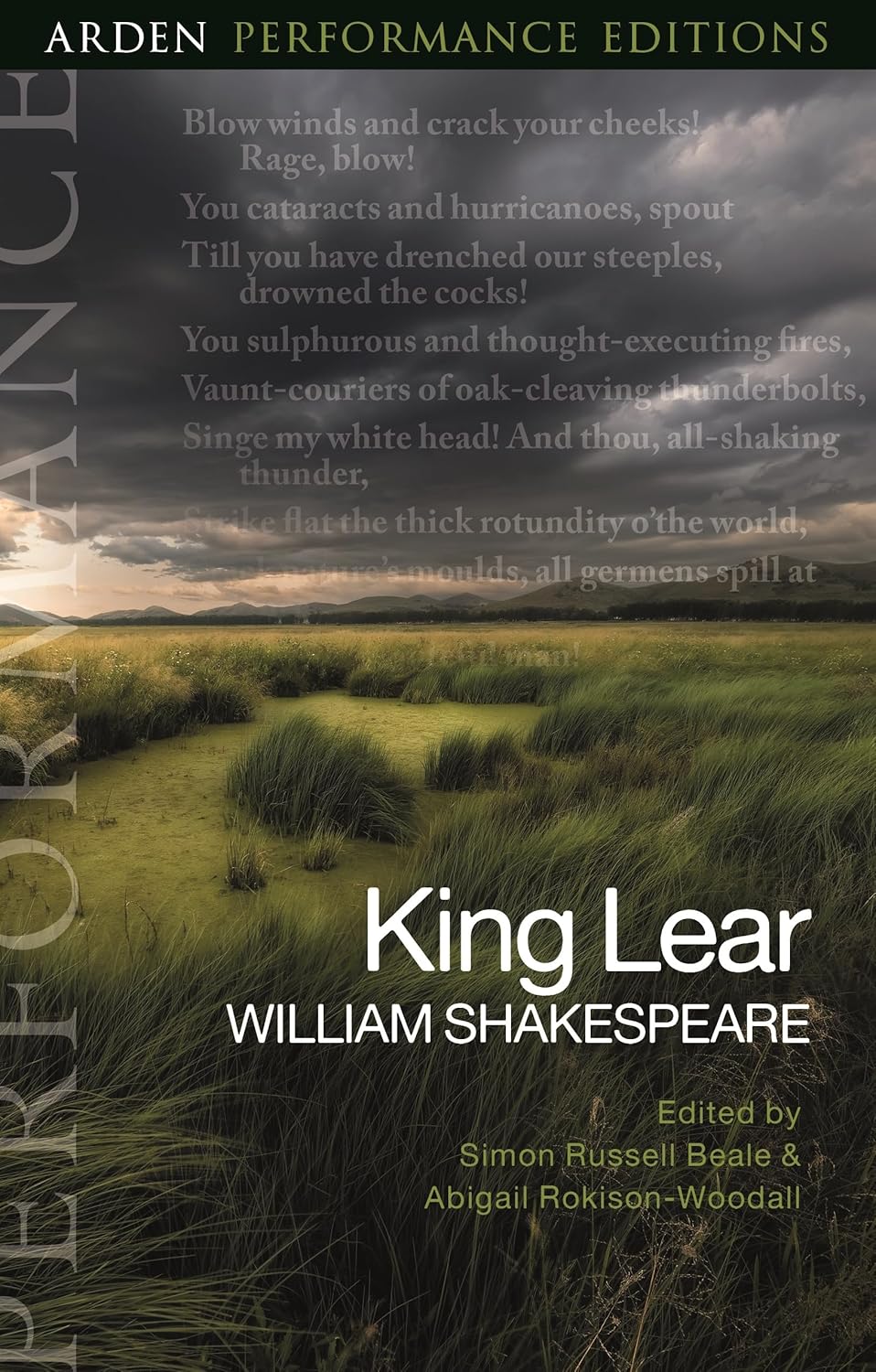
Arden Performance Edition
Designed to be used and to be useful, each edition has plenty of space for personal annotations and the well-spaced text is easy to read and to navigate.
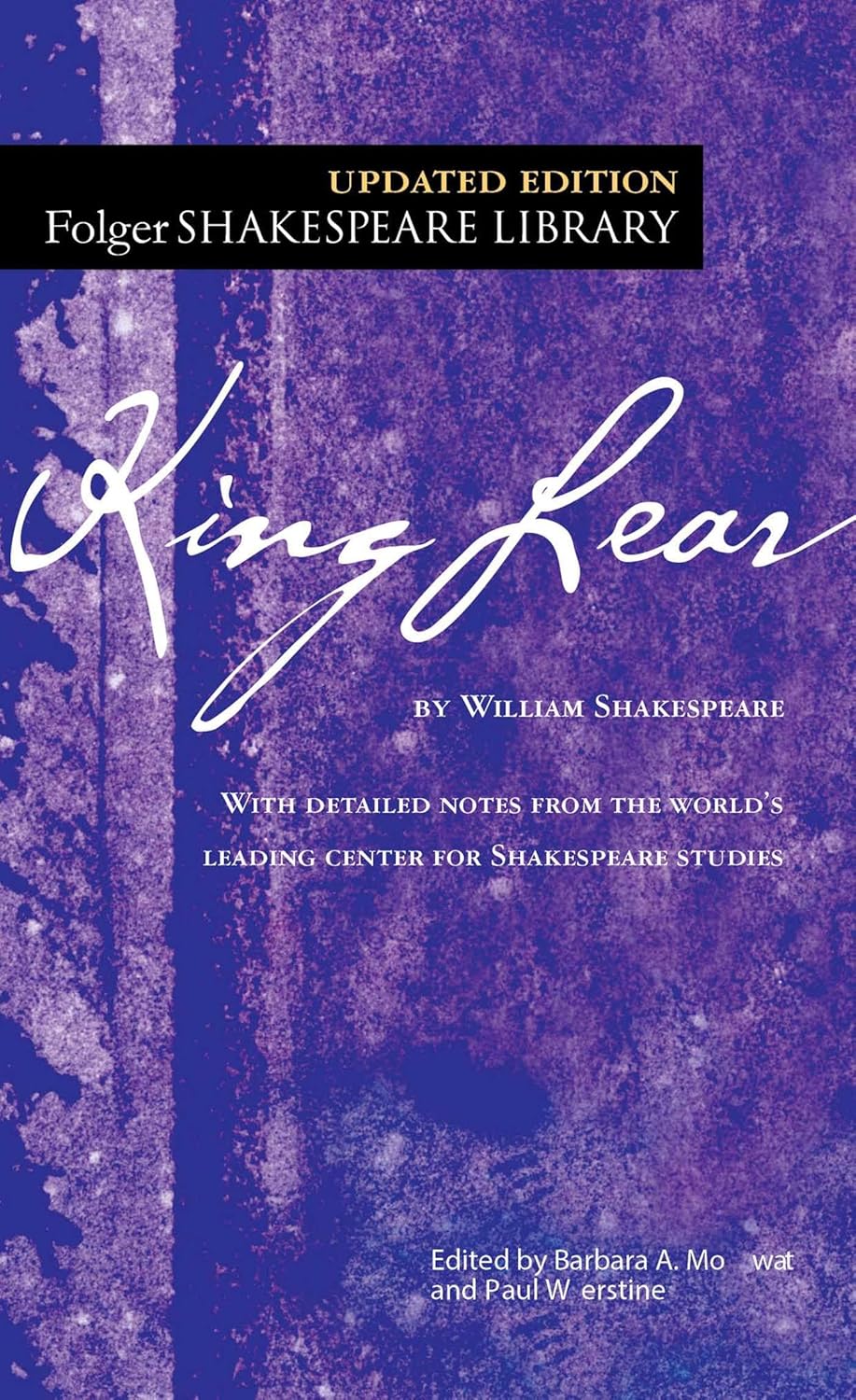
Folger Shakespeare Library Edition
Text based on the best early printed version of the play, with explanatory notes, scene-by-scene plot summaries and more.
Free version? Try the Folger Library’s online version: https://www.folger.edu/explore/shakespeares-works/king-lear/read/
Historical Context
King Lear was written during a period of significant transition in English history. James I had recently ascended to the throne, unifying England and Scotland. The play’s themes of division and succession would have resonated powerfully with contemporary audiences. The original story comes from Geoffrey of Monmouth’s “Historia Regum Britanniae” (1135), but Shakespeare transformed a simple folktale about a father dividing his kingdom into a searing examination of human nature.
The play was written during the plague year of 1606, which perhaps influenced its darkness. Moreover, the political anxiety over succession (James I had recently become king) and the growing tension between absolute monarchy and parliamentary power provided a charged backdrop for a play about division and authority.
Plot Overview
The aging King Lear decides to divide his kingdom among his three daughters based on how well they can express their love for him. The eldest daughters, Goneril and Regan, flatter him extravagantly, while the youngest, Cordelia, refuses to engage in such performance, saying she loves him according to her duty, no more, no less. Enraged, Lear disowns Cordelia and divides the kingdom between Goneril and Regan.
Parallel to this main plot runs the story of the Earl of Gloucester and his sons – Edgar (legitimate) and Edmund (illegitimate). Edmund’s machinations lead Gloucester to believe Edgar plots against him, while Edmund allies himself with Goneril and Regan.
As Lear’s daughters strip him of his retinue and power, he descends into madness. Gloucester, trying to help Lear, is blinded by Regan’s husband. The play culminates in multiple deaths, including Cordelia’s murder and Lear’s death from grief.
Themes & Analysis
Power and Authority
The play begins with an act of profound political misjudgment. Lear’s decision to divide his kingdom while trying to retain the privileges of kingship shows a fundamental misunderstanding of power. Shakespeare explores how authority, once given away, cannot be retained through mere title or claim of precedent.
Nature and the Natural Order
“Nature” appears in multiple contexts throughout the play. Edmund rebels against his status as “natural” son, Lear rails against his “unnatural” daughters, and the storm on the heath represents nature’s indifference to human suffering. The play questions what is natural in family bonds, political allegiance, and human society.
Vision and Blindness
The physical blinding of Gloucester parallels Lear’s metaphorical blindness. Both men must lose their sight (Gloucester literally, Lear figuratively) before they can truly “see” the truth about their children and their own mistakes.
Revolutionary Elements
King Lear breaks with traditional tragic structure by offering scenes of such extreme cruelty and suffering that they seem to push beyond the boundaries of what theater can represent. The blinding of Gloucester would have been shocking to Jacobean audiences and remains disturbing today.
The play’s ending was so difficult for audiences that from 1681 to 1838, theaters typically performed Nahum Tate’s rewritten version with a happy ending where Cordelia lives and marries Edgar.
Cultural Impact
King Lear has influenced countless works of literature and art. Its themes resonate through works as diverse as Jane Smiley’s “A Thousand Acres” and Christopher Nolan’s “The Dark Knight.” The character of Lear has attracted many of the world’s greatest actors, from John Gielgud to Ian McKellen.
Reading Guide
Best Editions
- Arden Shakespeare Third Series (R.A. Foakes) – Most comprehensive notes
- Norton Critical Edition – Excellent supporting materials
- Folger Shakespeare Library – Most accessible for modern readers
Reading Tips
- Pay attention to animal imagery throughout the play
- Note the parallel structure between Lear/daughters and Gloucester/sons
- Watch for the theme of “nothing” recurring throughout
- Consider how the Fool’s comments illuminate Lear’s character
Contemporary Relevance
The play’s themes remain startlingly relevant:
- Family dynamics and inheritance disputes
- Aging parents and adult children
- Political division and civil strife
- Climate change (through the lens of nature’s power)
- Mental health and elderly care
Fun Facts & Trivia
- The role of Lear has been called the “Mt. Everest” of acting
- The playwright Thomas Middleton may have helped revise the play
- The word “nothing” appears more times in Lear than in any other Shakespeare play
- The Fool disappears from the play without explanation after Act 3
Why This Play Matters
King Lear represents Shakespeare at his most profound and challenging. It asks fundamental questions about human existence: What are we owed by our children? What do we owe them? How much suffering can humans endure? What is the relationship between justice and nature?
The play’s exploration of family relationships, aging, and political power remains as relevant today as when it was first performed. Its poetry reaches heights unmatched in English literature, while its depiction of suffering and redemption speaks to universal human experiences.
Essential Quotes
“How sharper than a serpent’s tooth it is / To have a thankless child!”
“The worst is not / So long as we can say ‘This is the worst.’”
“I am a man / More sinned against than sinning.”
“Nothing will come of nothing.”
Further Reading
- “The Year of Lear” by James Shapiro
- “Lear: The Great Image of Authority” by Harold Bloom
- “Prizing the Text: Shakespeare’s King Lear” by Stephen Orgel
- “King Lear in Our Time” by Maynard Mack
King Lear stands as perhaps Shakespeare’s greatest achievement – a play that continues to challenge, disturb, and move audiences more than four centuries after it was written. Its exploration of family, power, justice, and suffering remains unmatched in Western literature, making it an essential read for anyone serious about theater or human nature itself.
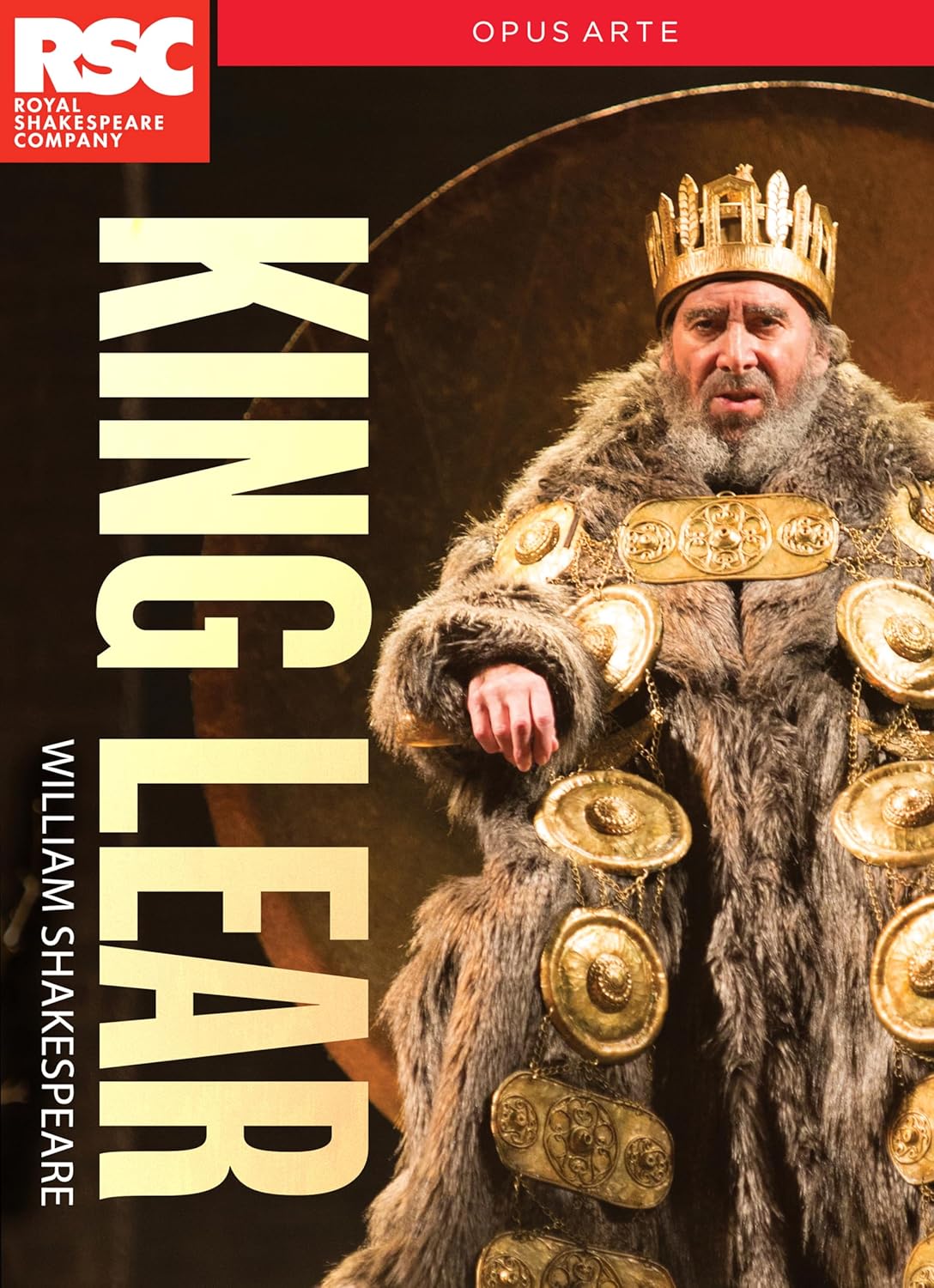


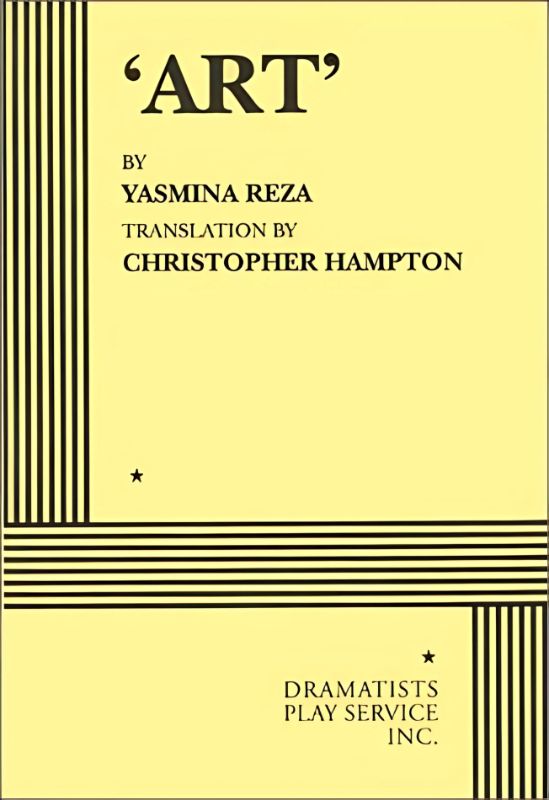
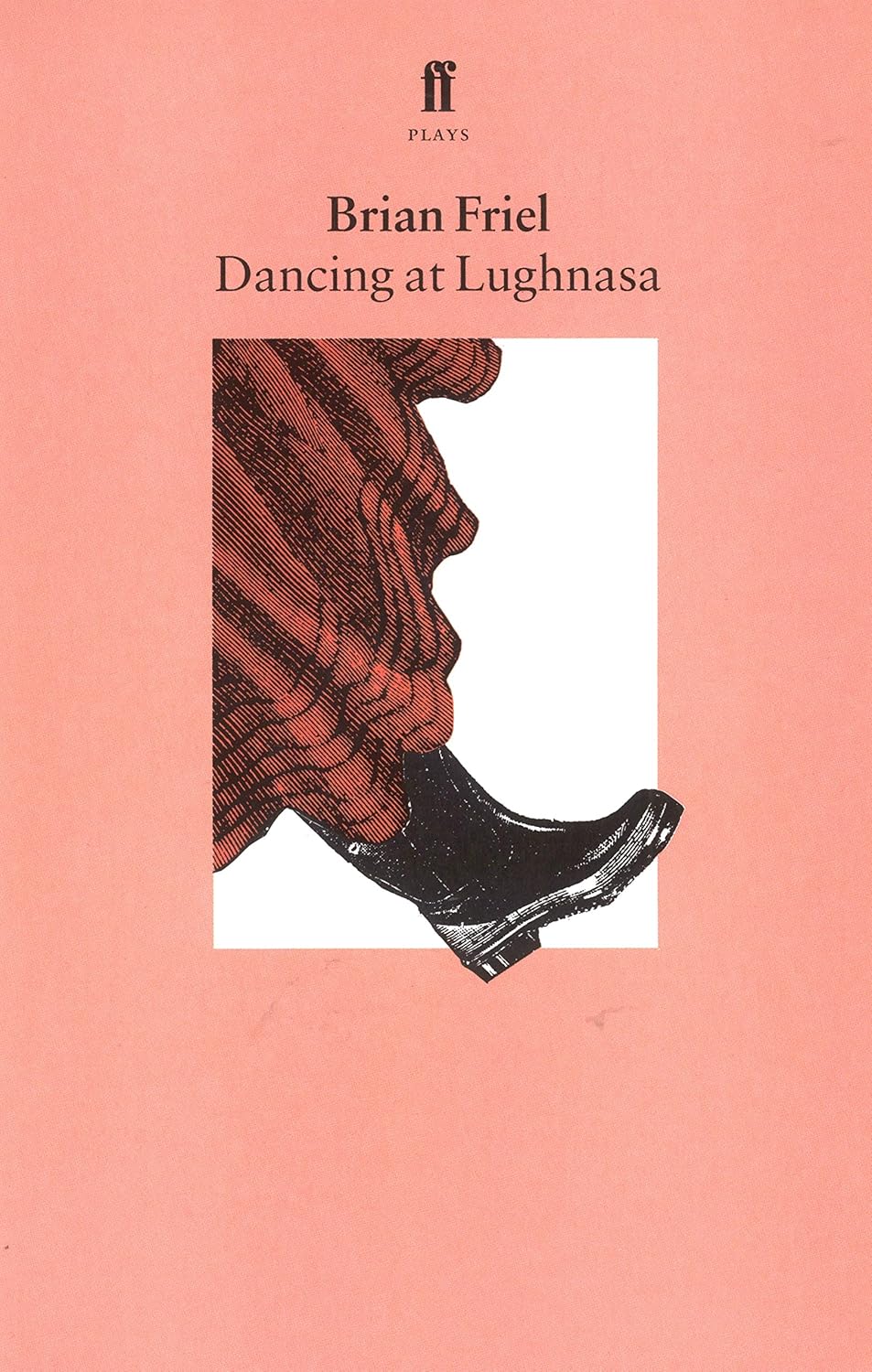
Leave a Reply